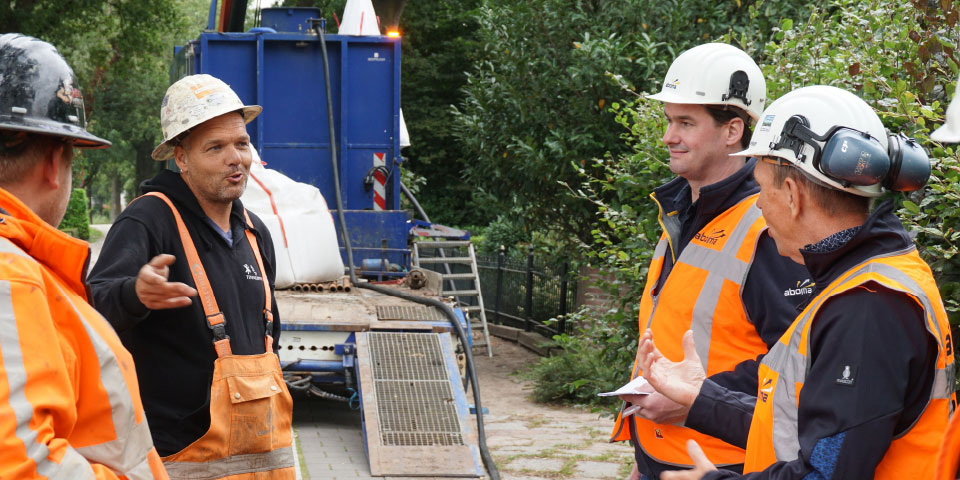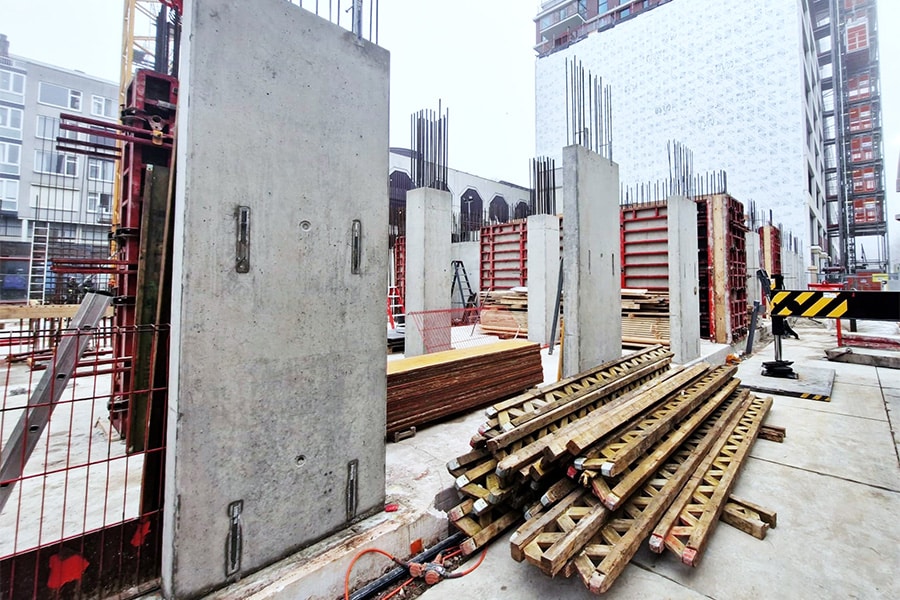
Safety Culture Ladder increases safety awareness
What if within your construction company everything is in order? If the equipment is safe and inspected, the stuff is in the right place and the procedures are correct, but the number of accidents is still not decreasing?
Text | Liliane Verwoolde Image | Aboma
In the Dutch construction industry, there are 18 to 20 victims every year. 'Far too many,' believes the entire industry, which deploys ever smarter machinery and scrutinizes procedures even more carefully to reduce the number of casualties. Yet the number remains the same. Only different behavior can change this, Aboma delegates know.
Cultural Differences
Now that very step toward safer behavior is seriously hampered by the construction industry's organizational structure. Pieter Visser, general manager of Advice at Aboma, explains. "Every construction site is staffed with new parties, all of whom bring their own culture. At best, all parties are consciously working safely, but even then safety is not supported by a common set of norms and values. In addition, a joint approach to learning from incidents is lacking. Here we can take an example from aviation, which analyzes incidents down to the wire and then communicates and adapts the causes throughout the industry. In construction, unsafe situations are too often adjusted only within one's own organization."
SCL Opinion
The Safety Culture Ladder is a certification that precisely addresses the behavior of construction employees. SCL certification is not required by law, but GCVB has included it as a mandatory module for its core group members and signatories. Aboma offers them support in two ways, on their way to certification. The Advice department provides insight into the existing safety culture and provides training such as "SCL: implementation in practice" for KAM coordinators and company executives, monthly webinars and customized training on safe behavior and addressing behavior

'It's not a done deal yet'
SCL Certification
In preparation for SCL certification, companies must first do a self-assessment. This self-assessment is the basis for the certification audit, in which Aboma Certification's auditors examine whether the picture it has produced is real. To do this, a representative of the company visits projects together with the auditors - an observer and a questioner - to look at them with expert eyes. The auditors set the answers against the SCL, after which the GCVB-ViA matrix indicates to which step of the SCL the company complies.
Tentative shifts
"Meanwhile, this is producing the first tentative shifts," says Wouter Riel, manager of Certification at Aboma Certification. "Nationwide contractors are increasingly willing to look beyond the borders of their company. A big win, because in that case they include the subcontractors present in their conviction. We also see that large clients, such as RWS, ProRail and provinces, are also taking responsibility for safety on the construction site. They make SCL certification a condition for participation in tenders. Some organizations, such as ProRail, also impose the certification on themselves. With this, it is not yet a done deal, but awareness is growing."




